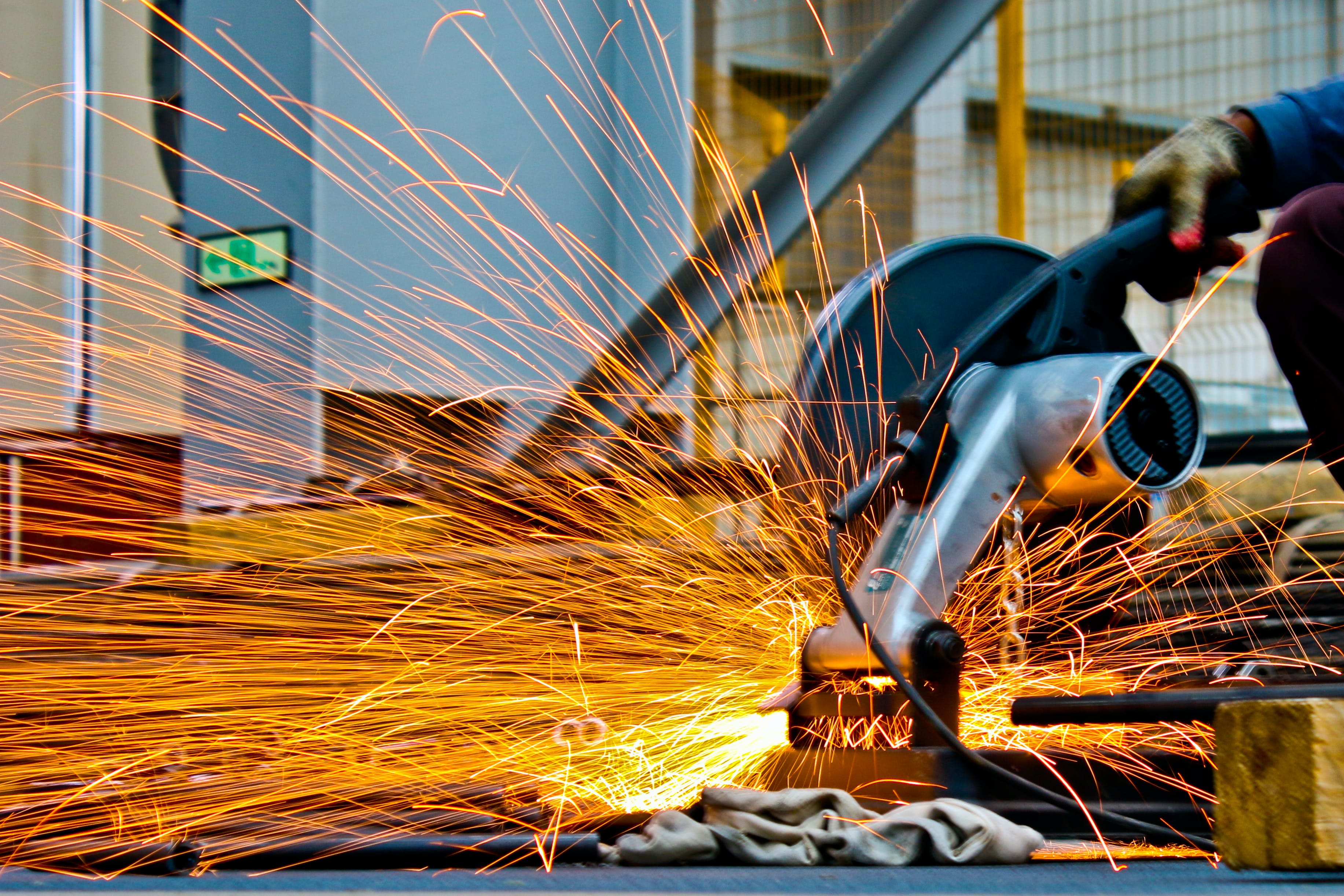High-temperature screw low-temperature chillers are specialized industrial cooling equipment widely used in various applications. These chillers work by compressing refrigerant to lower the temperature. The terms “high temperature” and “low temperature” in high-temperature screw low-temperature chillers are often confusing, so what do these terms mean? Let’s take a closer look.
Understanding the Working Principle of Screw Low-Temperature Chillers

High-Temperature vs. Low-Temperature: What’s the Difference?
1. High-Temperature Screw Low-Temperature Chillers:
o In the compression process of high-temperature screw low-temperature chillers, the temperature of the gas is typically above 100°C.o This type of chiller is commonly used in industrial applications where high-temperature cooling is required, such as in high-temperature cooling in industrial production processes or other processes requiring significant cooling of high-temperature media.
2. Low-Temperature Screw Low-Temperature Chillers:
o In contrast, the compression process of low-temperature screw low-temperature chillers results in lower gas temperatures, typically under 50°C.o These chillers are designed for applications that require low-temperature cooling, such as in commercial cold chain logistics or environments requiring deep cooling or refrigeration.
Other Differences Between High-Temperature and Low-Temperature Chillers
• Refrigerant Selection: High-temperature screw low-temperature chillers typically use refrigerants that can withstand higher temperatures, such as R134a. On the other hand, low-temperature chillers might use different refrigerants suited for lower temperatures.• Cooling System Structure: High-temperature chillers require materials that can tolerate higher temperatures, so the system needs to be constructed from more heat-resistant materials, whereas low-temperature chillers use materials optimized for colder operating conditions.
Conclusion: Choosing the Right Chiller for Your Needs
Both high-temperature screw low-temperature chillers and low-temperature screw low-temperature chillers are crucial for various industrial applications. The primary difference lies in the temperature levels during the compression process, which directly impacts their use cases. When selecting a screw low-temperature chiller, it is important to consider the specific cooling requirements of the application to maximize efficiency and cooling performance.
